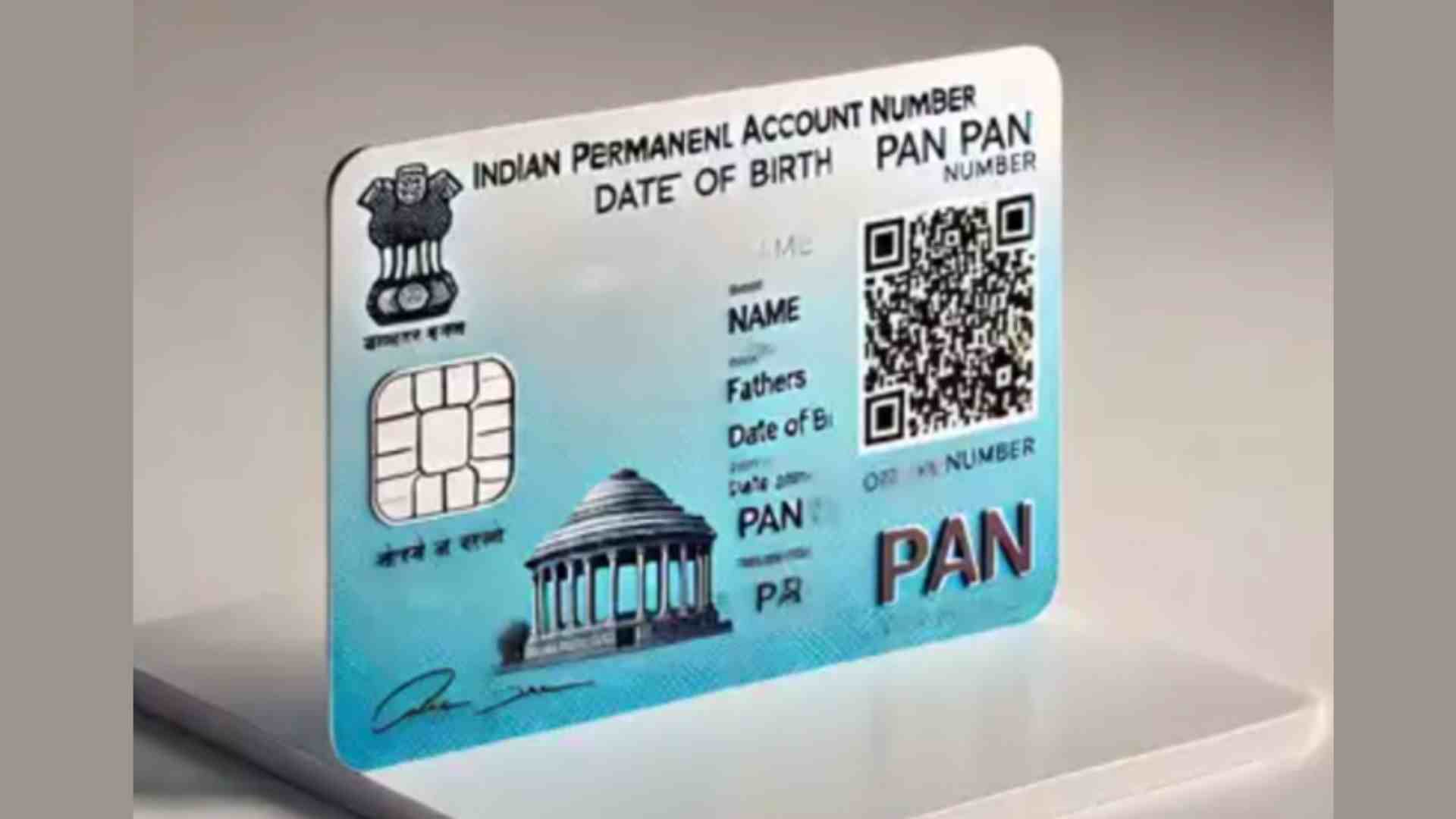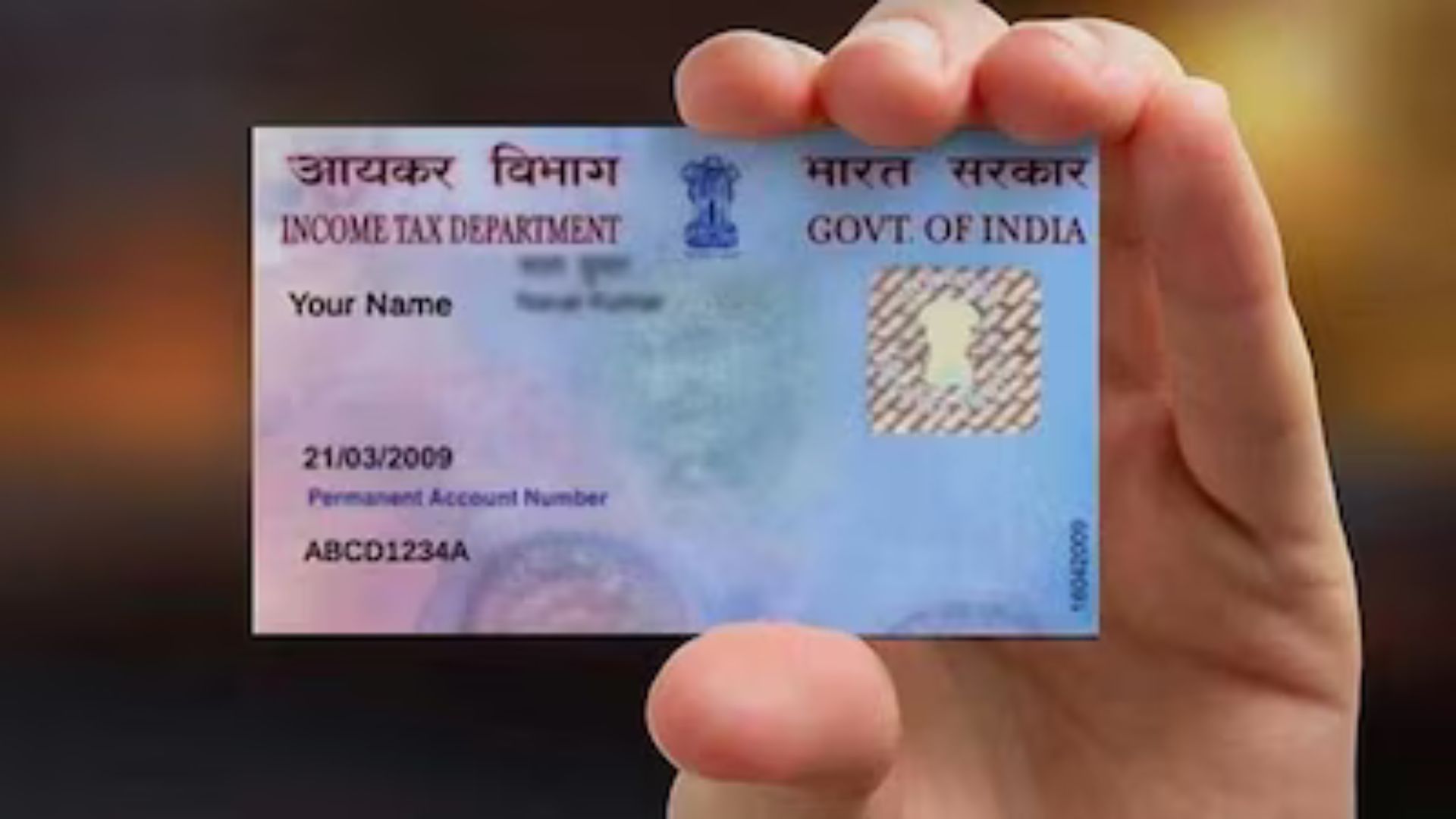
On November 25, the Cabinet Committee on Economic Affairs (CCEA), led by Prime Minister Narendra Modi, approved the PAN 2.0 initiative. The government has allocated ₹1,435 crore for the project, aiming to overhaul the current PAN/TAN system to boost efficiency and convenience for taxpayers.
Union Minister Ashwini Vaishnaw emphasized, “PAN card is part of our life which is important for the middle class and small businesses. It has been highly upgraded and PAN 2.0 has been approved today. The existing system will be upgraded, and the digital backbone will be brought in a new way.”
PAN 2.0 is an extensive upgrade to the Permanent Account Number (PAN) system designed to provide a seamless, digital experience for taxpayers. The initiative will consolidate both core and non-core PAN/TAN services into a unified, paperless platform in line with the Digital India programme. A centralised portal will host all PAN-related services, ensuring enhanced cybersecurity to protect user data.
This upgraded system is designed to make PAN a common digital identifier across government platforms, simplifying compliance and fostering uniformity.
PAN 2.0 is expected to provide numerous benefits, including:
Union Minister Ashwini Vaishnaw clarified that existing PAN cards will remain valid and there is no need for citizens to apply for new PAN numbers. “The upgrade is aimed at enhancing functionality without affecting the validity of current cards.” Taxpayers can opt to upgrade their cards with the new QR code features free of charge.
With 78 crore PAN cards issued, of which 98% are held by individuals, the existing PAN/TAN 1.0 system has served its purpose for years but lacks the technological advancements needed for modern tax administration. PAN 2.0 aims to address these gaps by re-engineering business processes and aligning with the government’s Digital India vision.
While the rollout date for PAN 2.0 has not been announced, the initiative promises to significantly enhance taxpayer services, improve security, and strengthen India’s digital infrastructure. Taxpayers are encouraged to stay updated through official notifications from the Income Tax Department.















